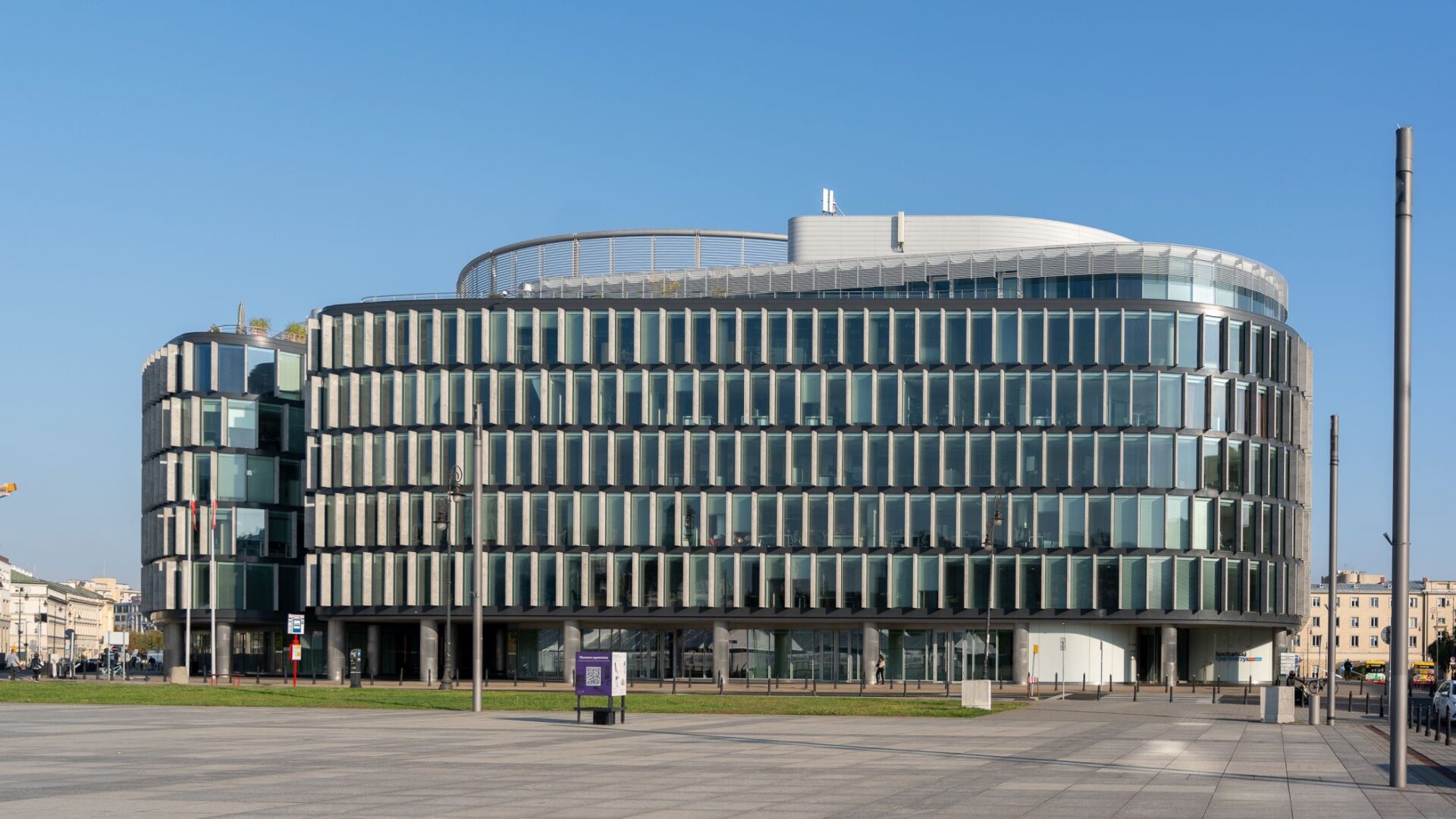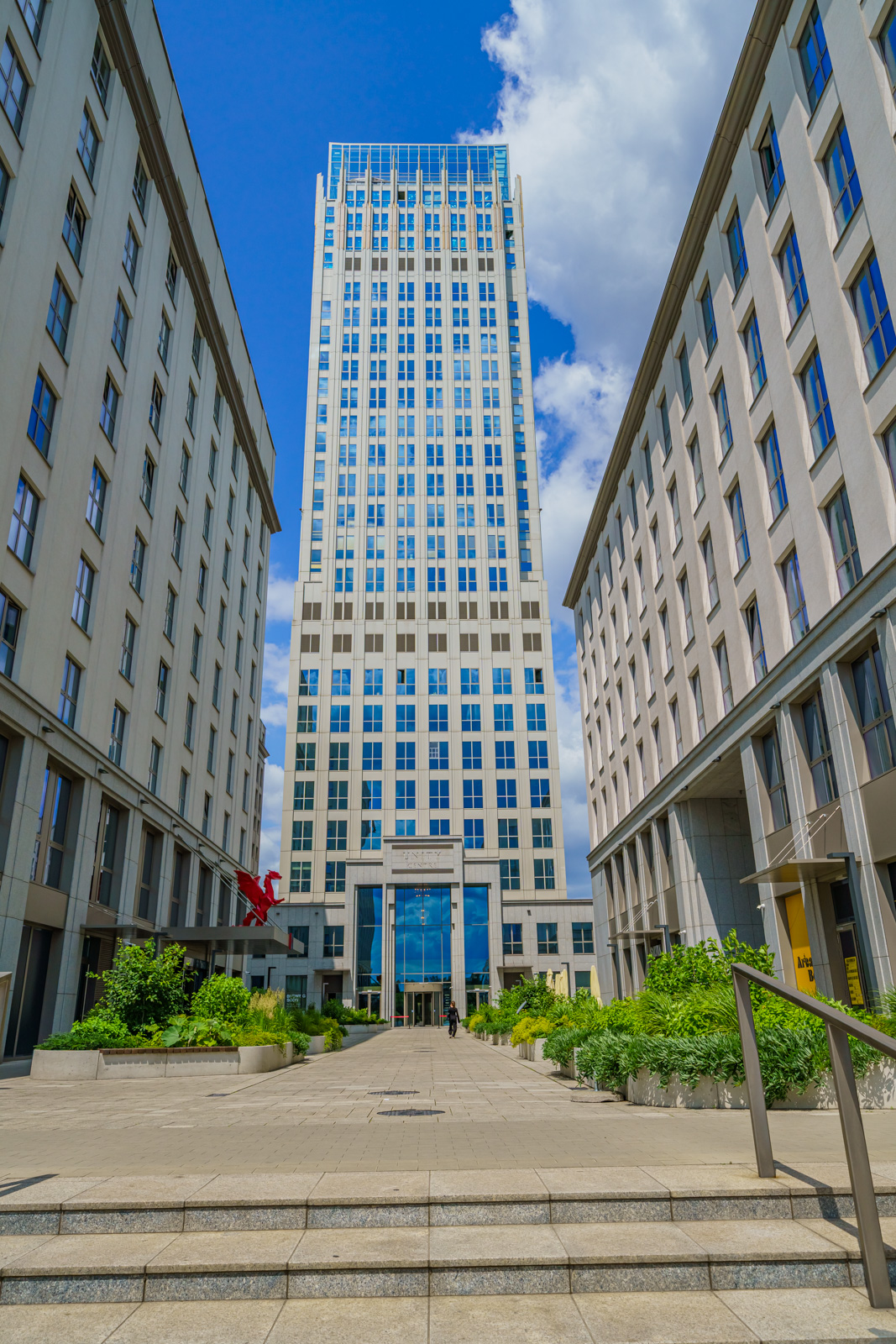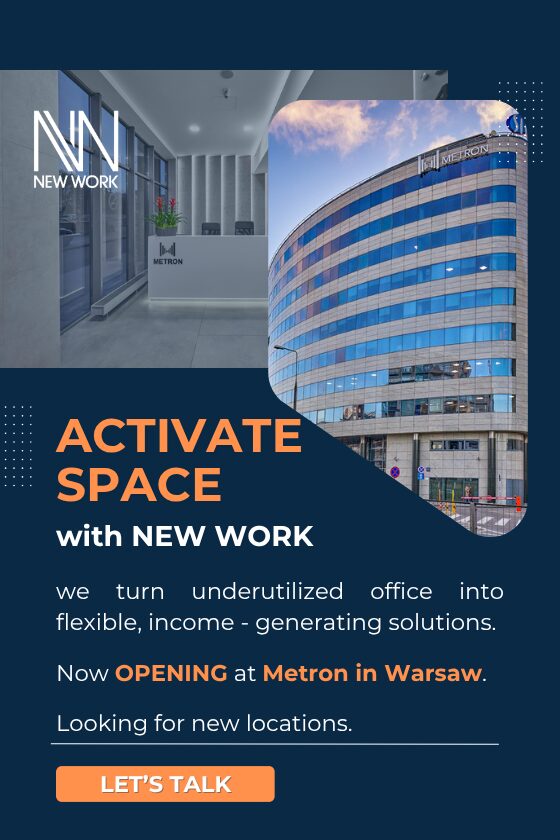In this insightful piece, Mateusz Strzelecki, Partner and Head of Tenant Representation at Walter Herz, explores the contrasting strategies companies are adopting in the evolving office market. From minimalism to feature-rich designs, these approaches reveal how organizations balance employee needs and financial constraints.
Two Dominant Tenant Strategies
The first approach focuses on companies trying to cater to the needs of all employees—both those working in the office and remotely. To attract as many people as possible back to the office, such firms invest in new layouts and designs. However, this often leads to spaces that ultimately serve no one. Incorporating too many concepts into one space results in a lack of cohesion, failing to achieve the intended goals and even discouraging employees from returning to stationary work.
Most companies, however, adopt the second approach, prioritizing cost reduction. They renegotiate lease terms to remain in the same location, frequently downsizing their space. These companies insist employees return to the office but avoid major redesigns. Instead, they optimize the existing layout, implement minor updates, or leave the space unchanged. Often, firms take no action, conscious of rising office maintenance costs, focusing instead on calculating whether changes are truly necessary.
Optimization, Optimization, Optimization
A flagship example of this cost-conscious strategy is a project we are managing for a large publishing company. It is based on the renegotiation of a lease agreement covering several thousand square meters for a large media sector company, with the contract being extended for another five years at this location. Previously, during the pandemic, the office underwent a complete overhaul. This time, the focus is solely on financial terms, as the space remains modern, functional, and well-suited to the company’s needs. Moreover, the office is heavily utilized, making this a noteworthy trend compared to other projects.
Another striking example is the transaction involving Kruk, a company in Wroclaw. After 15 years, the company relocated from its office in an older facility within a technology park, where it occupied over 10,000 sqm, to the modern B10 building in the Business Garden complex, where it took up 6,000 sqm. However, this move marked a significant quality improvement. The new office was designed based on Workplace surveys, addressing organizational and employee needs in terms of functionality, technology, and design.
Shifting Narratives
Overall, the market is seeing a predominance of lease renegotiations, increasingly driven by financial pressures rather than redesigns. High construction costs are forcing companies to optimize expenses by making use of existing layouts. The traditional open space remains the standard for most office layouts.
When design changes are made, they are often based on Workplace surveys, analyzing team needs, space functionality, and interdepartmental connections. Discussions on new workplace functionalities and evolving narratives—such as designing spaces for active office workers rather than persuading remote employees to return—were covered in our recent report, ‘25 Trends That Will Transform Offices by 2025.’
A growing trend is designing offices for employees who regularly use them. This involves creating smaller zones for teamwork and hubs for small groups, with modular layouts revitalizing office interiors. Flexible solutions, such as adjustable acoustic panels, sliding doors, and movable curtains, allow for easy reconfiguration to meet changing needs.
Flexibility in Leasing
Flexibility in leasing is becoming increasingly important. The flex space and co-working sector is growing rapidly, especially in Warsaw. These spaces are no longer the exclusive domain of startups and small businesses; larger organizations now use them for specific operations. Flexible offices, once primarily chosen by IT firms, are now appealing across industries.
Demand for office space in Poland’s major markets has remained stable compared to last year. Utilization rates vary by sector and organizational culture, with hybrid work (three days in the office and two remotely) being the most common model. In IT, a sector that adopted hybrid work even before the pandemic, employees continue to return to offices less frequently. This sector, historically a growth driver, is now downsizing due to globalized recruitment and remote work preferences.
Clients often optimize space by reinvesting savings from smaller office spaces into modern offices in better locations, aligning with ESG trends. Warsaw, home to corporate headquarters, is experiencing a supply gap, particularly in prime central areas. While the city’s average office vacancy rate exceeds 10 percent, central areas and Wola district have much lower rates, whereas Mokotow experiences vacancy rates of several dozen percent. Regional markets, however, maintain a stable supply.
Subleasing
A new market standard is the 7-year lease agreement. Previously, 5-year leases came with substantial financial incentives and turnkey design services. Today, such benefits are increasingly tied to leases longer than seven or even ten years.
Sublease clauses are also becoming more common, alongside assignment clauses. Landlords are open to subleases, provided certain conditions are met, such as the subtenant’s financial standing, alignment with the building’s profile, and adherence to non-compete rules. Subleasing offers security for landlords due to the joint liability between the original tenant and the subtenant, increasing its appeal.







